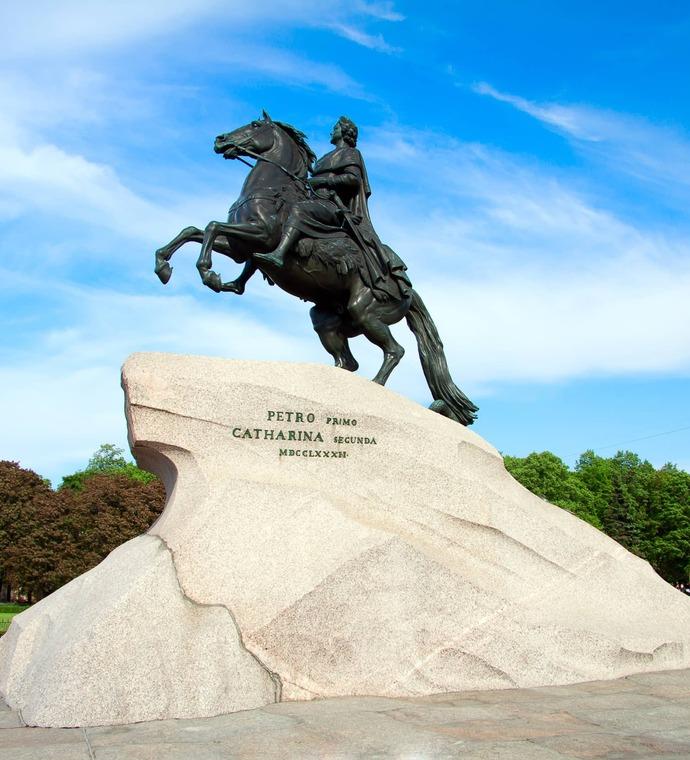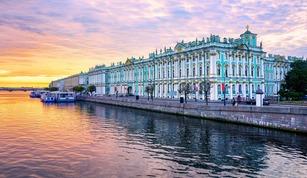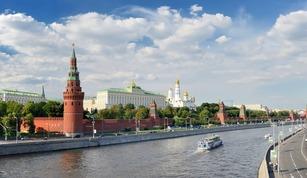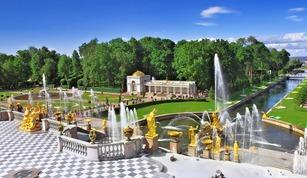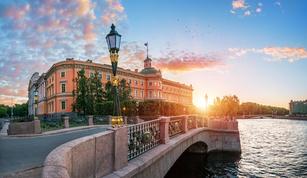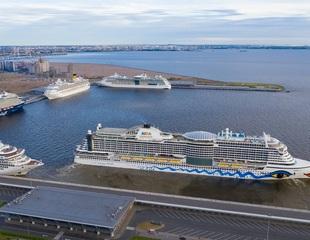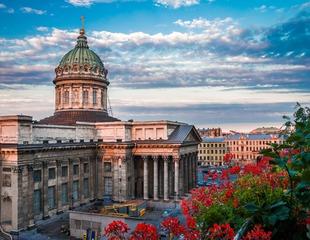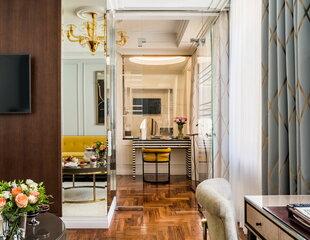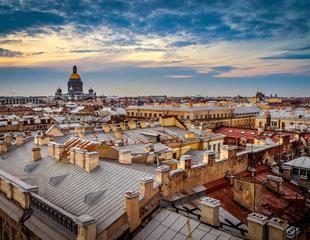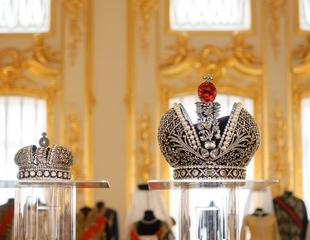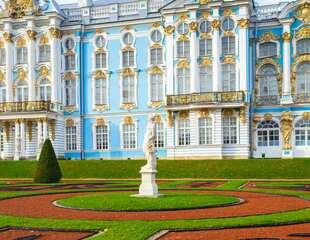The Bronze Horseman in St. Petersburg is the most famous monument to Peter I and one of the symbols of St. Petersburg. It is located on Senate Square and is a unique work of Russian and world culture. The Bronze Horseman is surrounded by famous attractions such as the buildings of the Senate and Synod, the Admiralty, and St. Isaac's Cathedral.
The monument represents a wild rock, onto which the rider rose up, trampling a snake. The snake under the foot of the horse was by Russian sculptor F. Gordeev. It was the initiative of Empress Ekaterina II to create a monument to Peter I. Under her decree, Duke Alexander Golitsyn appealed to professors of the Paris Academy of Painting and Sculpture, Diderot and Voltaire, who Catherine II fully trusted. The famous masters recommended for the job Etienne-Maurice Falconet, who was at that time the chief sculptor at the porcelain factory. Falconet depicted the figure of Peter I in the dynamics on a rearing horse, thus he wanted to show not only a military leader and a conqueror but first and foremost a creator and a legislator. The location of the monument on top of the rock shows of surmounted difficulties by Peter I, and the snake is a symbol of evil forces.
The monument is unique in that it has only three points of support. There is an inscription on the pedestal: “To Peter I from Catherine II, Summer 1782". Falconet created the sculpture in the former temporary Winter Palace of Empress Elizabeth from 1768 to 1770. Two horses of Orlov breed were taken from the imperial stables. Falconet was making sketches, watching the guards officer rising up on a horse to the platform and rearing it. Falconet remade the model of the head of Peter I several times, but he never got the approval of Catherine II. As a result, Marie-Anne Collot, a student of sculptor, successfully molded the head of the Bronze Horseman. The face of Peter I came out courageous and strong-willed. For this work, a girl was accepted to the Russian Academy of Arts. The grand opening of the monument took place on August 7 (Julian calendar), 1782.
